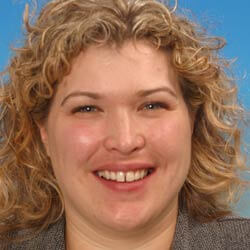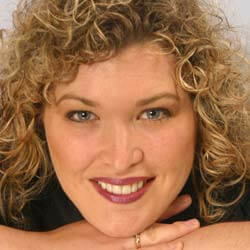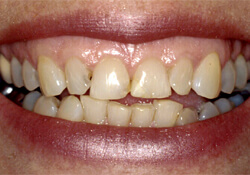
Full mouth Rehabilitation
Full-Mouth Rehabilitation and Bite Management of Severely Worn Dentition
Do you experience frequent headaches or migraines? Do you have pain in your face, jaw, neck, or shoulders? Are your teeth loose chipped or cracked? Are you self-conscious when you smile because how your teeth look? Do you experience numbness in your fingers, ringing in your ears, or vertigo? Does your jaw pop or click when you chew or talk? Then you may be a candidate for full mouth rehabilitation.


Starting with the techniques of neuromuscular dentistry, Charles A. Smith DDS measures the position of your jaw and determines its ideal position. The process involves using a sophisticated computer program to record and define joint sounds, muscle activity during chewing, and the path of movement the jaw follows. Using this information, we can find the most relaxed position of your jaw for comfort and aesthetics.
Once this position is determined, several methods may be employed to move the jaw back to its natural and comfortable position.
Stimulation and relaxation of the jaw muscles using TENS can be quite helpful. The TENS is a low-level electrical impulse machine that exercises the jaw muscles and releases lactic acid built up from overusing muscles in the wrong position.
This may be combined with the use of an orthotic to gently move the jaw into its normal position. An orthotic is an appliance that helps move or build your bite to a relaxed resting position. You may need to wear the appliance for several weeks to several months, during which time your jaw will begin to drop naturally into its most comfortable position.
The time required to complete a Full Mouth Rehabilitation can range from as little as 2 to 3 visits to six or more depending on the complexity of the case and the desired result.
To find out if you are a candidate for a full mouth restoration, call dentist Charles A. Smith today.


